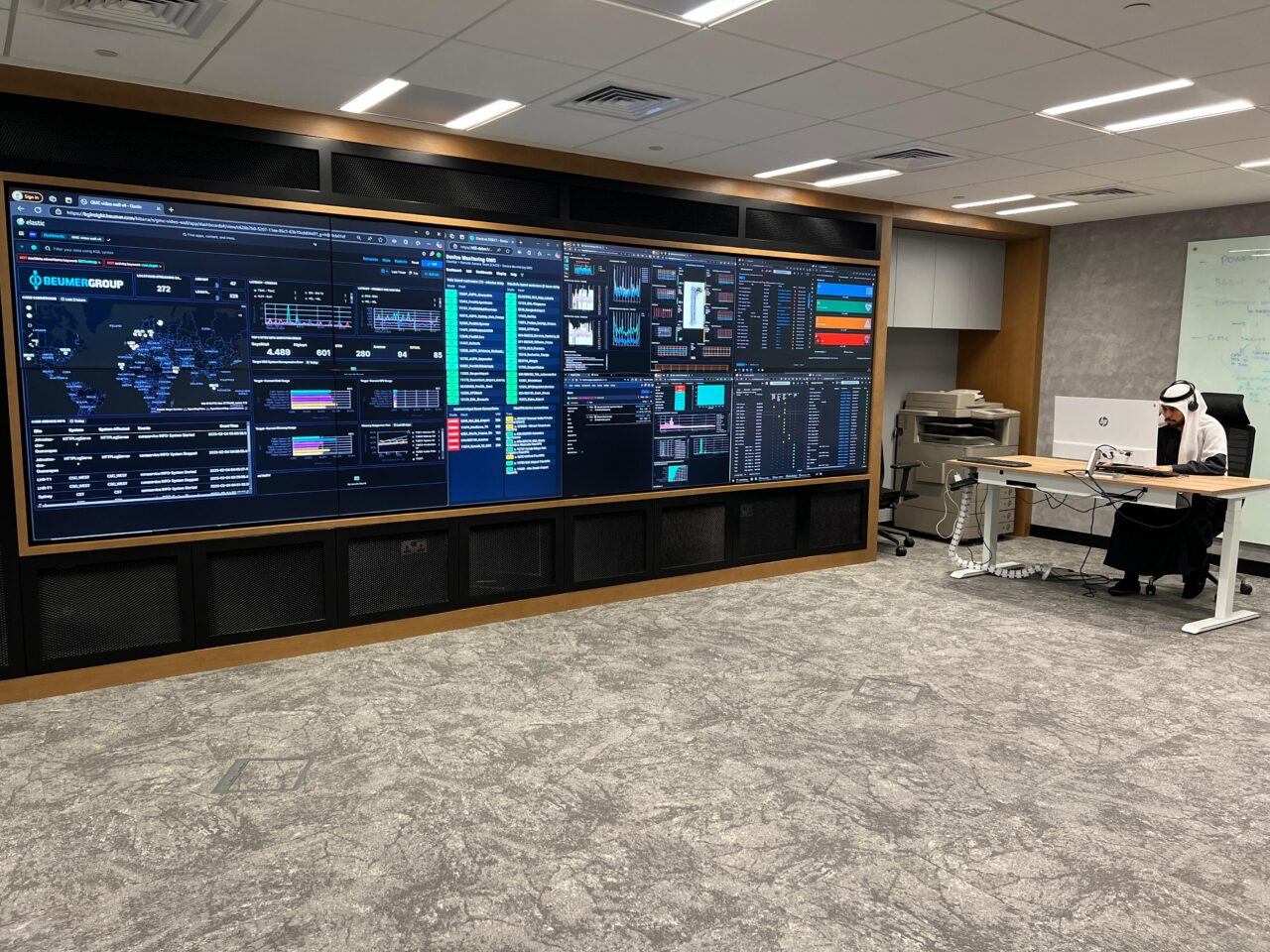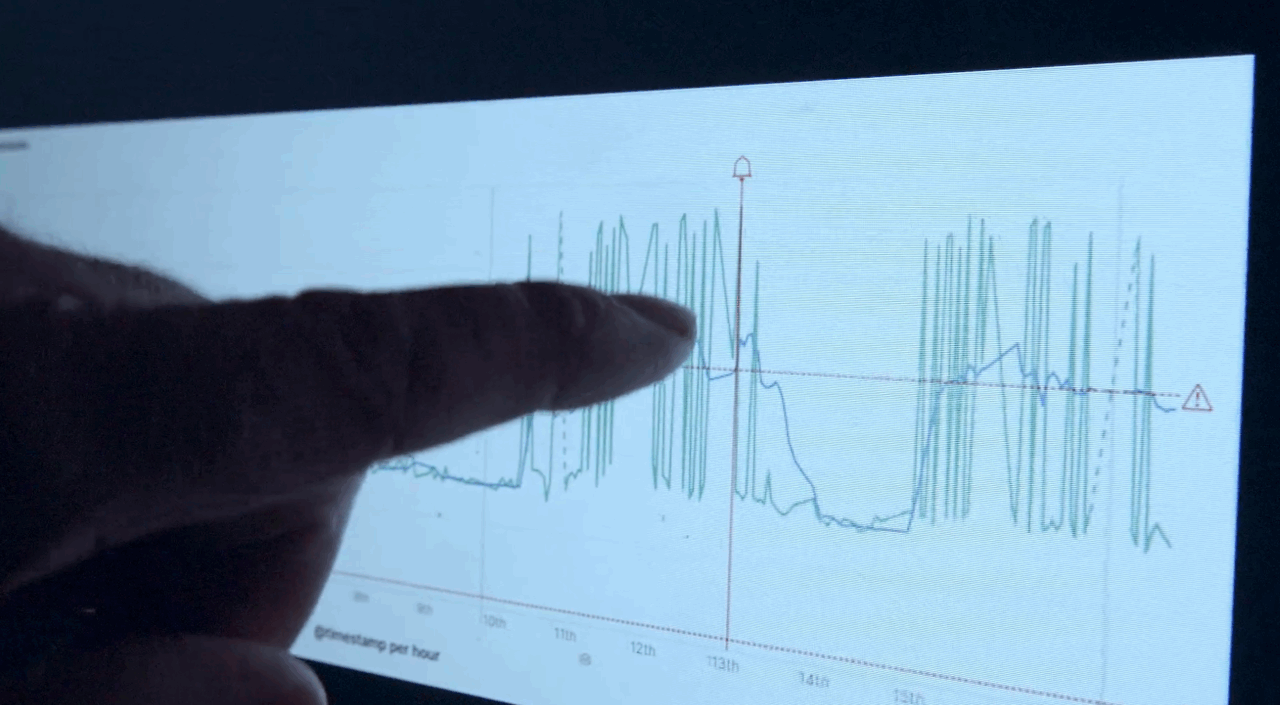Another precondition for a data-based operation is the people: data specialists who work together with system specialists to analyse the data and design the correct diagnostic models.
The specialists are vital and have a profound understanding of systems. When this is linked with the knowledge of engineers, technicians and other specialists who built the system in the first place, it becomes a powerful force in unison with data.
The combination of data and system specialists is what makes a data-driven operation possible.
What should warehouse managers expect from their system supporter?
So, how can warehouse managers make sure that they find the right partner for data-driven operations?
First of all, as a baseline, the warehouse manager, as a system owner, should prioritise a partner that:
- Is specialised in the company’s MHS – preferably from the company that designed the system.
- Offers data-based services for every aspect of system service and support – especially O&M – to improve the operation in real-time, prevent breakdowns (and maintain cybersecurity) and ensure effective fixes if anything goes wrong.
- Offers a 24/7/365 hotline where specialists are directly accessible and work proactively instead of ‘just’ reactively (more on this later).
What else can warehouse managers expect before they embark on the data-driven journey?
Improve
The main purpose of the services under the ‘Improvement’ category is to enable MHS owners to proactively optimise the warehouse operation’s inventory flow and fulfilment rates whilst avoiding downtime during operations, based on live data and diagnostic models.
The ‘Improvement services’ consist of a series of diagnostic and monitoring programmes at the operational and system levels, plus a range of dashboards for easy management and tracking of operational and maintenance data.
Real-time analytics
Real-time analytics unlock detailed insights into system health and operational performance using a cloud-based solution. The data is turned into actionable plans for how to optimise the specific system and operational performance in real-time.
Customisable dashboards can be designed to present the data and actionable insights for every level of the warehouse operation: operations, maintenance and management.
Additionally, the warehouse manager can get real-time analytics with a live status on processes inside the MHS, such as: goods-to-person station handling, picking, packing, replenishment, exceptions and recirculation.
One example from the warehouse and distribution industry is the automatic data analysis of a distribution centre with a sortation system consisting of two sorters with some truly puzzling capacity levels. The two sortation systems performed extremely well, achieving a utilisation rate close to the theoretical capacity. However, the high system utilisation was not reflected as equally high productivity. Data revealed the two systems were misconfigured and crossed over items back and forth. Based on these insights, the most efficient solutions were identified, and the result was a much more effective system with less rework and only the necessary crossover between systems.
How diagnostic models lead to optimised performance
The data-based diagnostic models continuously check the operational health of the site to identify any developing issues before they arise. Customer data models crunch data 24/7/365 to spot adverse trends and take targeted countermeasures that will help to improve efficiency and reduce costs.
For example, automatic data analysis of the number of no-reads (jackpot items) identified the causes and reduced the number of rejects by more than 70 percent.
By identifying trends before they become events that impact system health, data-based diagnostic models also significantly limit the risk of unexpected stops. These are the stops that bring warehouses to their knees by hindering operations for hours or even days.
At the component level, the automated continuous monitoring of operational parameters such as vibration and temperature can spot anomalies that may indicate the risk of failure in either hardware or software.
An example of this is when the diagnostics centre learned from the dashboards that there had been a sudden drop in scanner performance at an induction unit at a specific site. The issue was identified as a metal cover blocking the scanning path. After a local engineer adjusted the cover, the scanner’s performance returned to normal.










